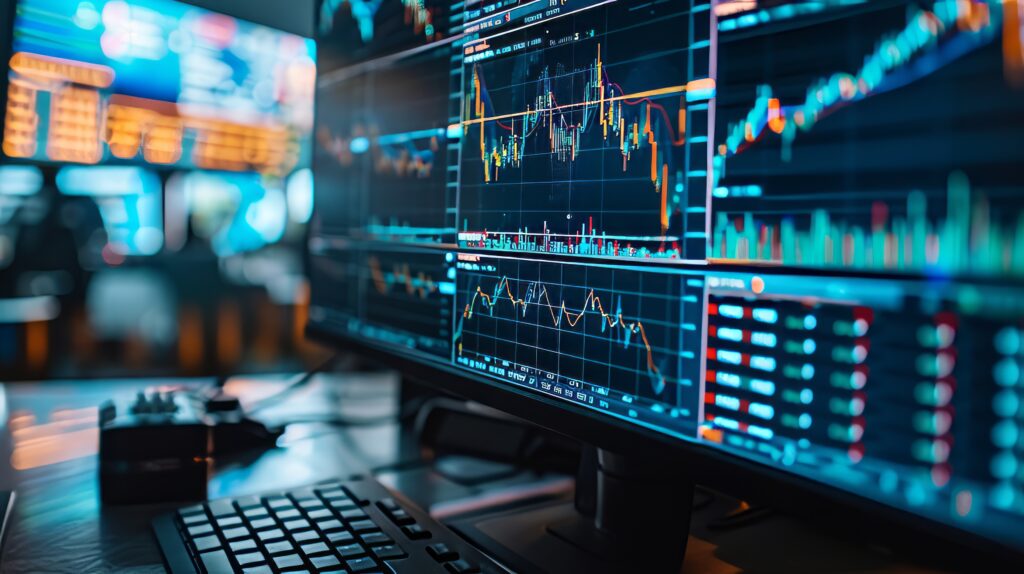European semiconductor dealmaking shows signs of life – Dealspeak
While the US and Asia-Pacific continue to dominate the global semiconductor industry, Europe’s plan to keep chipping away until it has a bigger piece of the action is gradually starting to yield results.
In June, the European Commission (EC) approved plans by 14 member states, including France, Germany and the Netherlands, to provide up to EUR 8.1bn in public funding to support research and development (R&D) in microchips and other semiconductor technologies.
The EC hopes the new Important Project of Common European Interest (IPCEI) will unlock EUR 13.7bn in new private investments into the sector.
The early signs suggest the plan is working. Last year, microchip M&A dealmaking in Europe reached more than EUR 3.9bn, more than double the EUR 1.9bn recorded in 2022, according to Mergermarket data.
Standouts among the year’s 59 transactions include Intel Corporation [NASDAQ:INTC] selling a 20% stake in its Austrian lithography imaging specialist IMS Nanofabrication to Bain Capital for EUR 786m; and US-based Teradyne [NASDAQ:TER]’s acquisition of a 10% stake in Italian counterpart Technoprobe [BIT:TPRO] for USD 516m.
Starting with subsidies
The IPCEI demonstrates the commitment to investing in Europe’s “technological and industrial leadership in semiconductors” by supporting innovative companies, EU Commissioner for Internal Market Thierry Breton said in a release.
The subsidies will support a total of 68 projects from 56 companies, including Dutch lithography system manufacturer ASML [NASDAQ:ASML] and chipset maker NXP. French LED developer Aledia, which raised EUR 120m in a funding round in September, and telecoms provider Orange, will also directly participate in the project.
It is the latest in a series of measures put forward by European public authorities designed to support the regional microchip ecosystem. The 2022 European Commission’s European Chips Act, for example, aims to increase Europe’s current 10% share of global chip manufacturing by generating more than EUR 43bn in public and private investment into next-generation technologies and semiconductor research and innovation by 2030.
Work to do
Although 2023’s M&A activity was robust, year-to-date figures suggest factors such as tight regulatory controls and Foreign Direct Investment (FDI) screening continue to impact dealmaking.
While microchip M&A in Europe has reached more than EUR 257m so far this year, up almost 10% compared with the same period last year, the total number of year-to-date transactions has fallen to just 10 compared with 18 at this time last year, according to Mergermarket.
Indeed, the volume is being heavily propped up by 2024’s largest deal to date, which saw Netherlands-based HAL acquire a 5.3% stake in German chipmaker Siltronic AG [ETR:WAF] for more than EUR 140m. A full takeover of Siltronic by GlobalWafers was dropped in early 2022 after the parties failed to obtain German government approval.
As they aim to increase their clout in the global semiconductor industry, European dealmakers will hope to see a stronger pipeline of transactions emerge as the year progresses.












